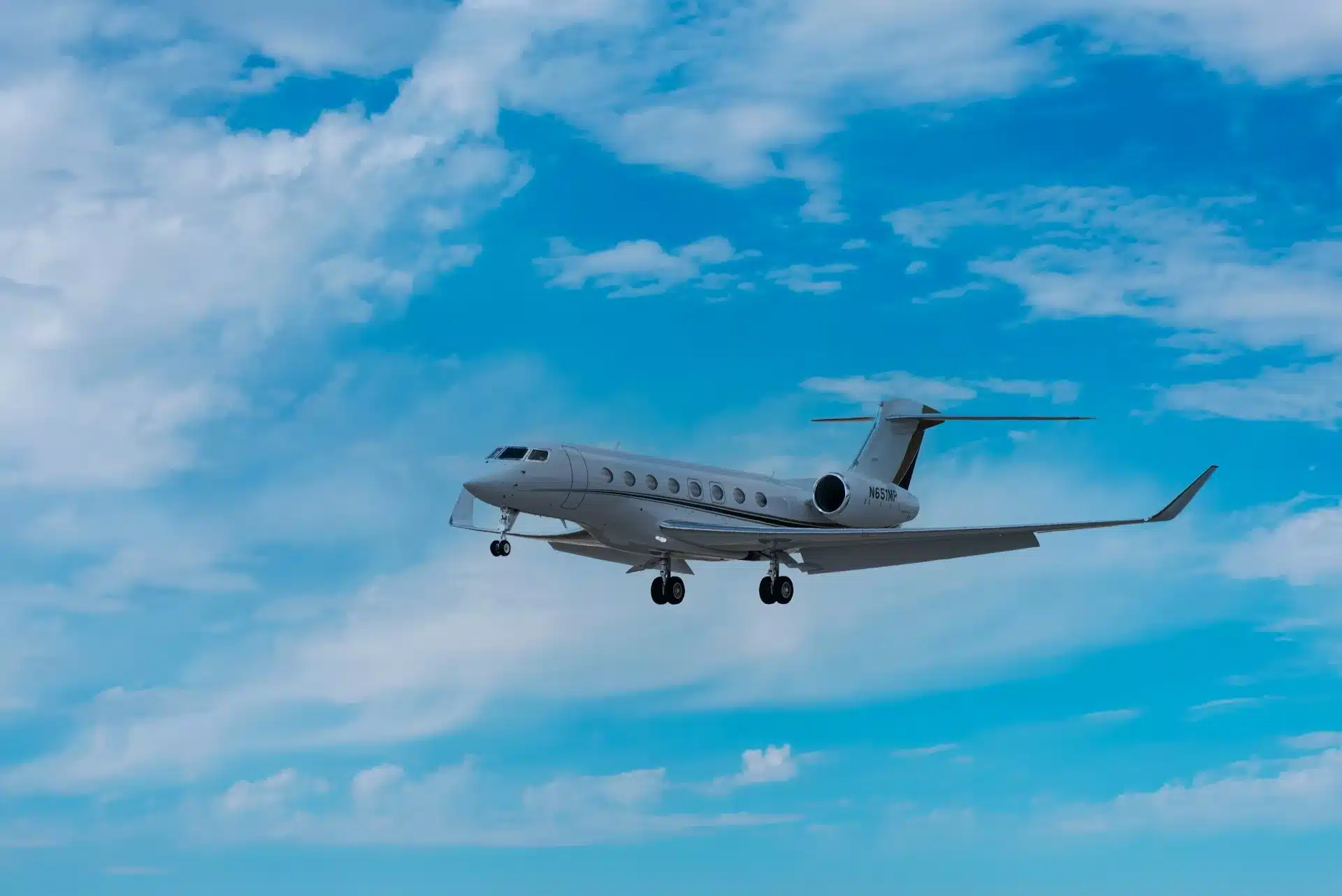In times of medical emergencies or when specialized treatment is required, geographical boundaries should never hinder access to the care one needs. This is where international air medical transport plays a pivotal role, bridging the gap between patients and advanced medical facilities across borders.
The Essence of International Air Medical Transport
International air medical transport involves the transfer of patients, often in critical condition, from one country to another via air ambulance or medical repatriation flights. These flights are equipped with state-of-the-art medical equipment and staffed by highly trained medical professionals, ensuring the safe and efficient transfer of patients over long distances.
Emergency Response and Critical Care
One of the primary purposes of international air medical transport is to provide timely response and critical care to patients regardless of their location. Whether it’s a trauma case, a medical condition requiring specialized treatment, or the need for urgent organ transplantation, air medical transport ensures that patients receive the necessary care without delay.
Global Reach and Accessibility
The beauty of international air medical transport lies in its ability to reach remote or inaccessible locations where advanced medical facilities may not be readily available. This is particularly crucial in regions with limited healthcare infrastructure or during natural disasters when swift evacuation and medical assistance are imperative.
Specialized Medical Expertise
Beyond simply transporting patients, international air medical transport often involves specialized medical teams capable of providing advanced care en route. These teams may include critical care nurses, physicians, paramedics, and other healthcare professionals trained to handle complex medical scenarios, ensuring continuity of care throughout the journey.
Logistical Challenges and Solutions
Operating international air medical transport involves navigating a myriad of logistical challenges, including coordinating with multiple agencies, obtaining necessary permits and clearances, and ensuring compliance with international aviation and healthcare regulations. However, advancements in technology and the establishment of specialized air medical transport companies have significantly streamlined these processes, making international transfers more efficient and accessible.
Patient-Centered Care
At the heart of international air medical transport is a commitment to patient-centered care. Every aspect of the transfer, from medical interventions to comfort measures, is tailored to the individual needs of the patient. This includes providing emotional support to both the patient and their loved ones throughout the journey, recognizing the stress and uncertainty associated with medical emergencies.
Cost Considerations and Insurance
It’s important to acknowledge that international air medical transport can be costly, often involving expenses for the aircraft, medical personnel, equipment, and operational logistics. However, many insurance providers offer coverage for such services, and some countries have agreements in place for the repatriation of citizens requiring medical assistance abroad. Additionally, the cost must be weighed against the potential benefits of accessing specialized care or receiving timely medical attention.
Conclusion
International air medical transport serves as a lifeline for individuals in need of urgent medical assistance beyond their borders. It represents a remarkable synergy between aviation and healthcare, enabling the seamless transfer of patients across continents with the utmost professionalism and compassion. As technology continues to advance and global healthcare systems evolve, the reach and impact of international air medical transport will undoubtedly continue to grow, ensuring that no one is left behind in their time of need.




